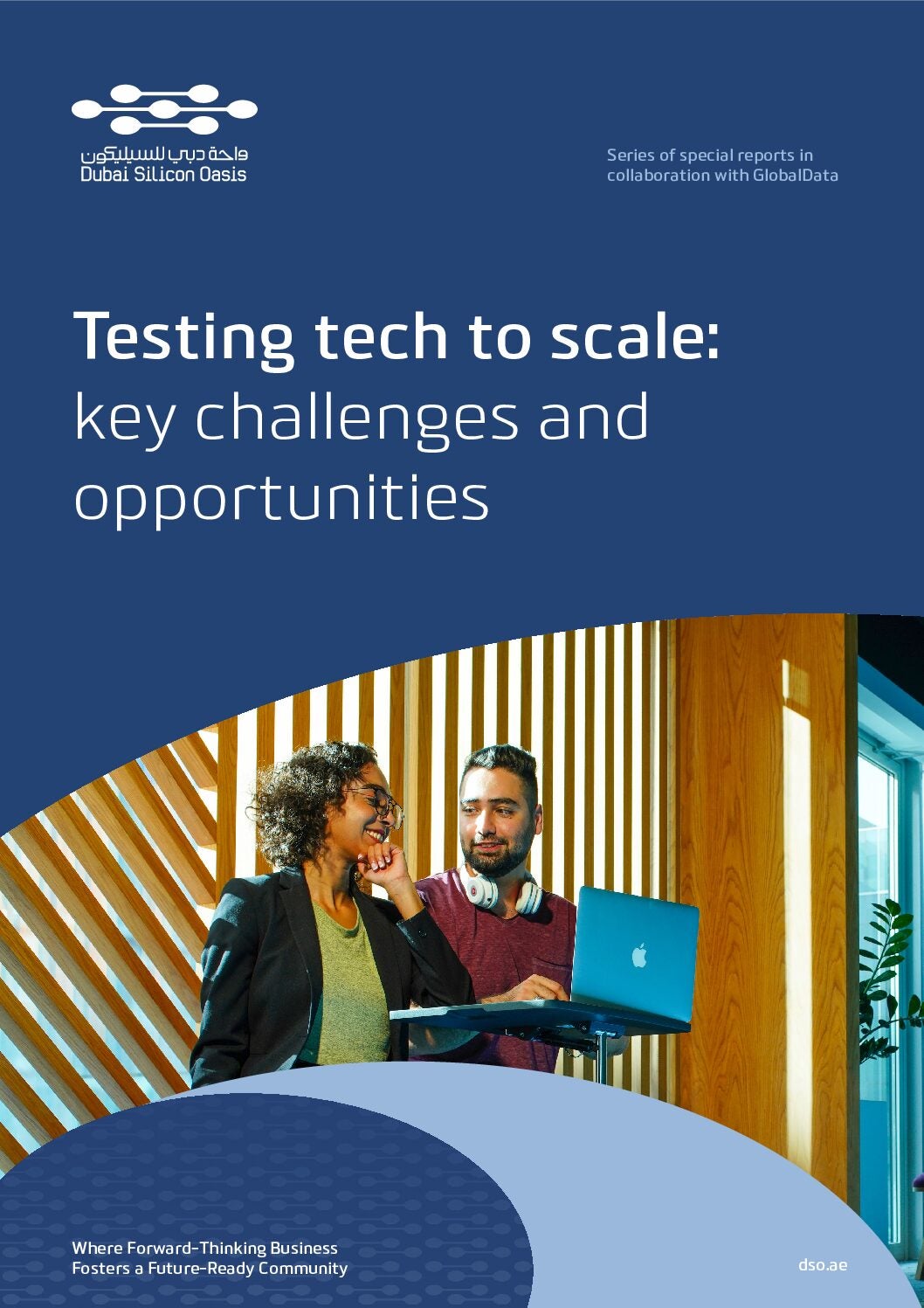
Dassault Systèmes has launched an ‘Emma’ avatar for its digital twin technology to raise awareness regarding health research.
A digital twin of a human is a virtual model that is designed to accurately reflect the characteristics of the physical being. The ‘Emma Twin’ was developed using anonymous health data with the express purpose of conducting an infinite number of tests to glean more insight into various diseases and therapies.
‘Emma’ has documented her participation in ongoing research trials and medical innovations through LinkedIn. The page provides an overview of the research being conducted and a link to the project.
The highlighted project to be linked includes ‘Emma’s’ reaction to different simulation procedures in the Living Heart project, testing of CorNeat Vision corneal transplants, and Living Brain studies for epilepsy and Alzheimer’s disease.
The digital twin will also run simulations on wearable devices, including IASO drug administration and monitoring devices, Dynocardia’s blood pressure monitoring solution, FEops’ cardiac monitoring, customised facial implants by LUCID Implants, and the VORTHEx radiotherapy simulation experience.
GlobalData forecasts that the metaverse, including digital twin technology, could be worth $627bn in 2030. To that end, Accenture announced an investment into Virtonomy, to advance digital twin technology in the field of medical devices.
Dassault’s VP Victoire de Margerie stated that the digital twin technology can be used to “optimise surgical procedures and provide patients with a greater understanding of treatment options”. Adding that raising awareness through virtual worlds can improve real-life patient outcomes.




